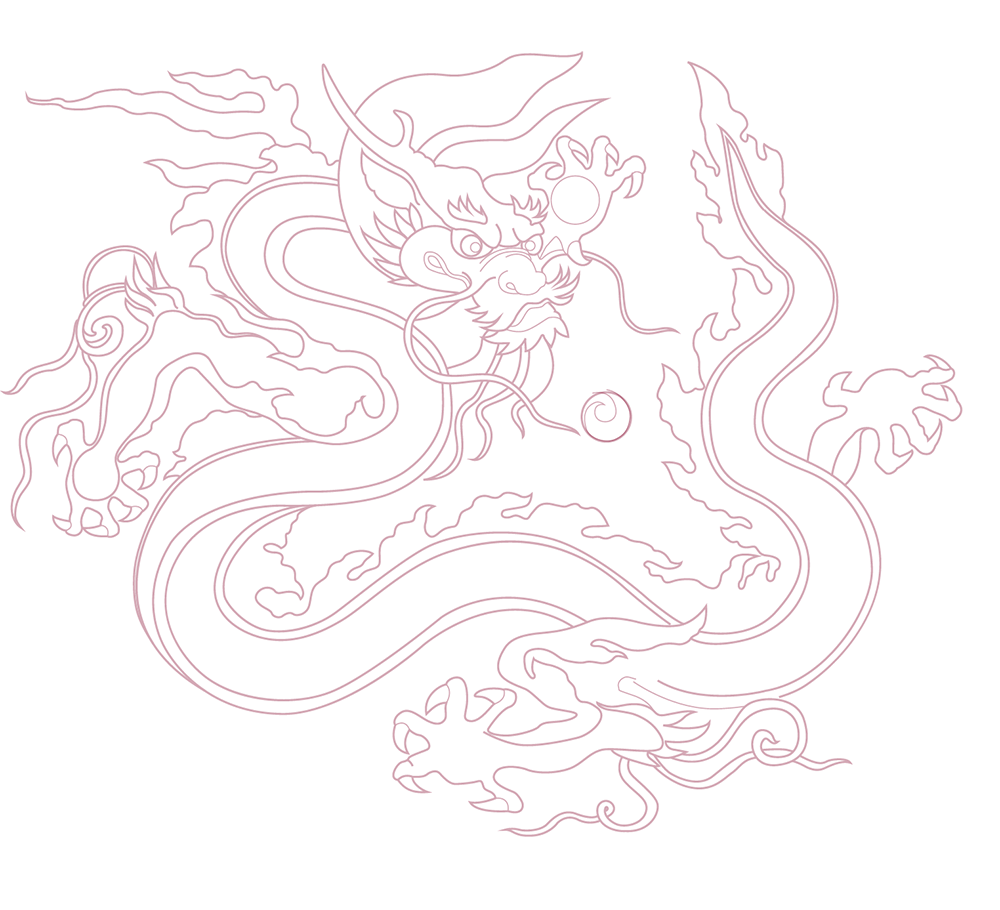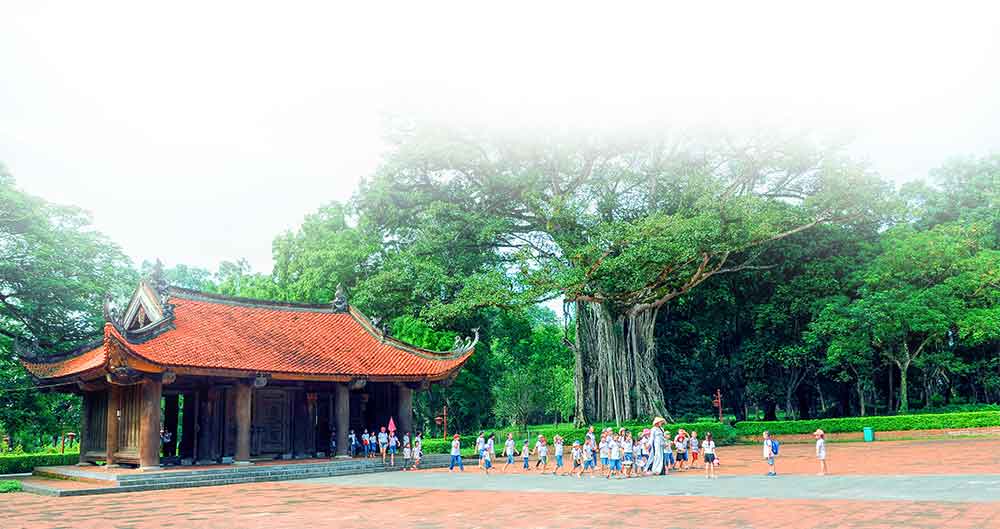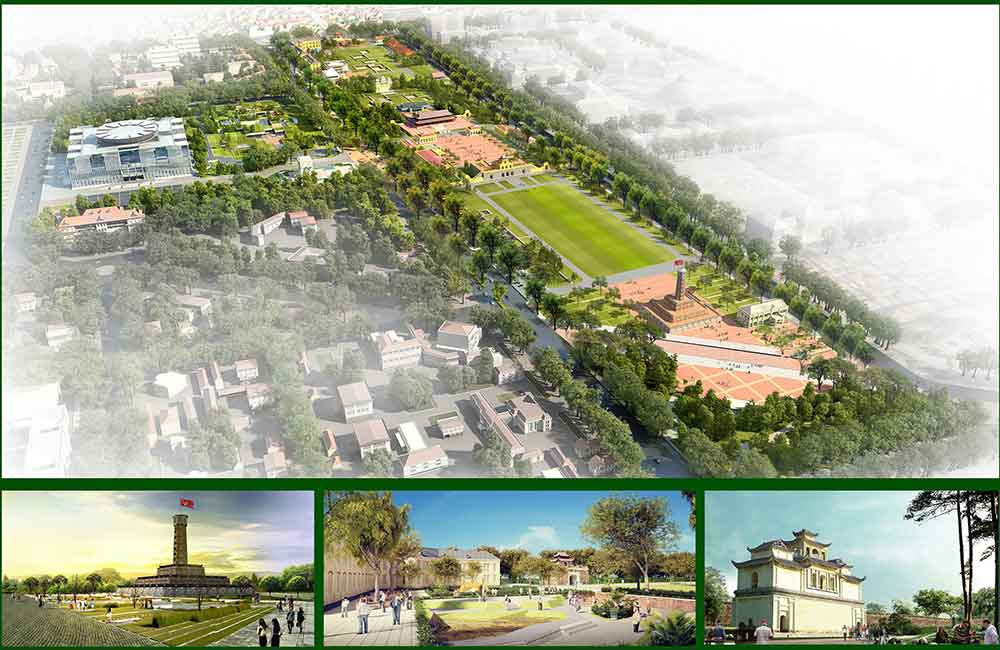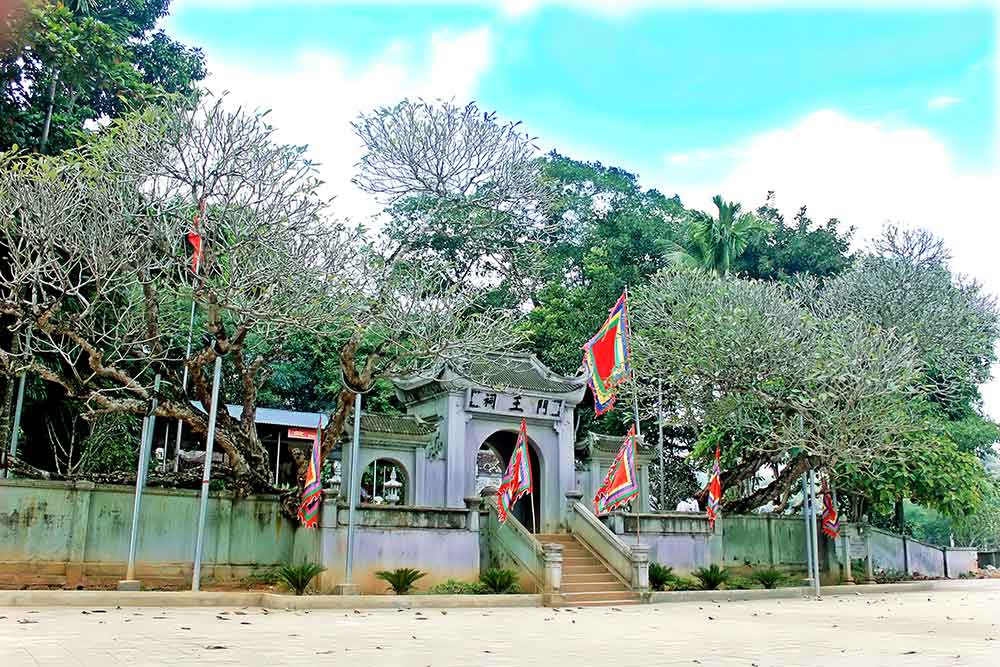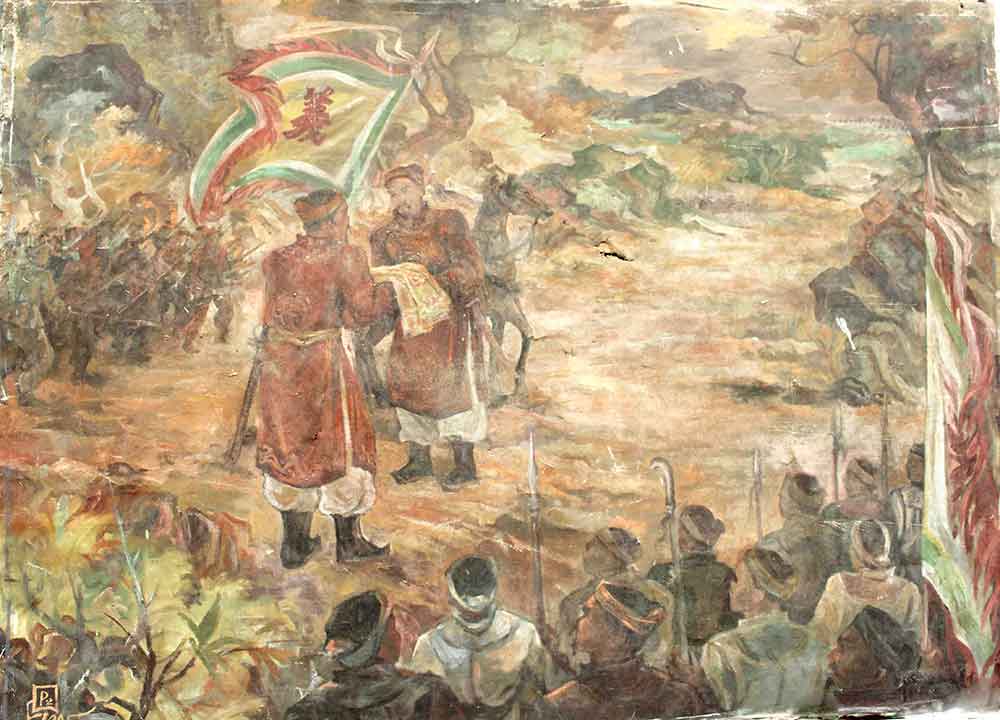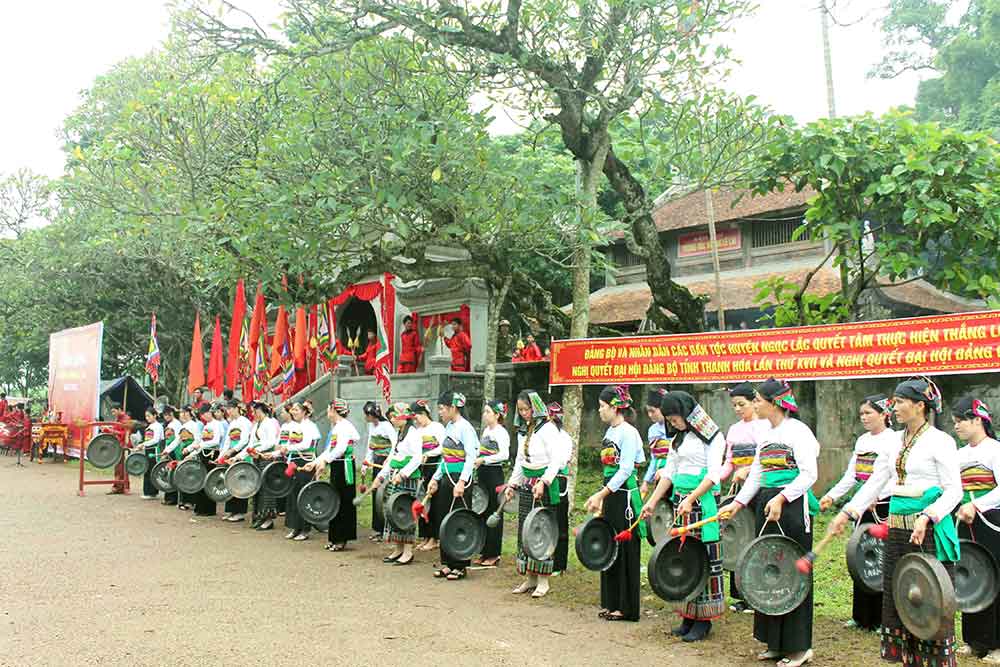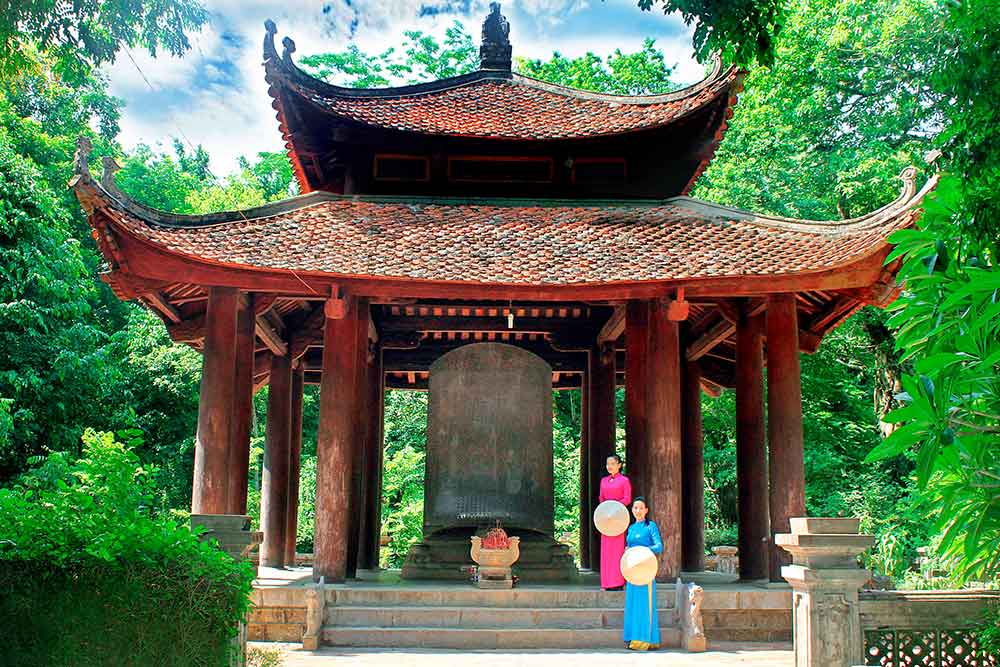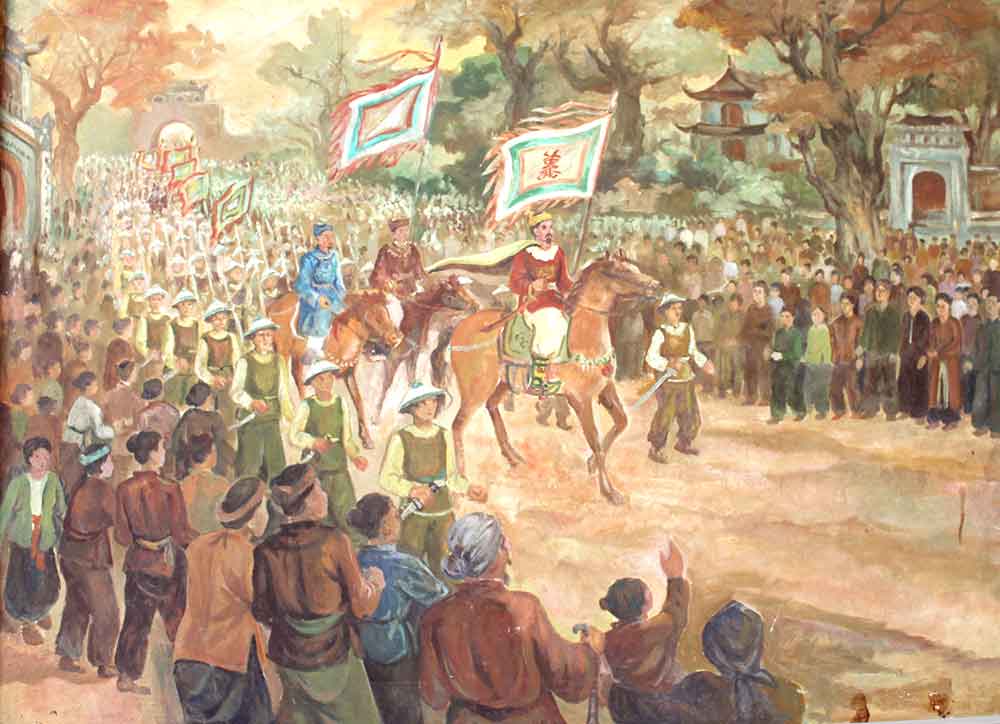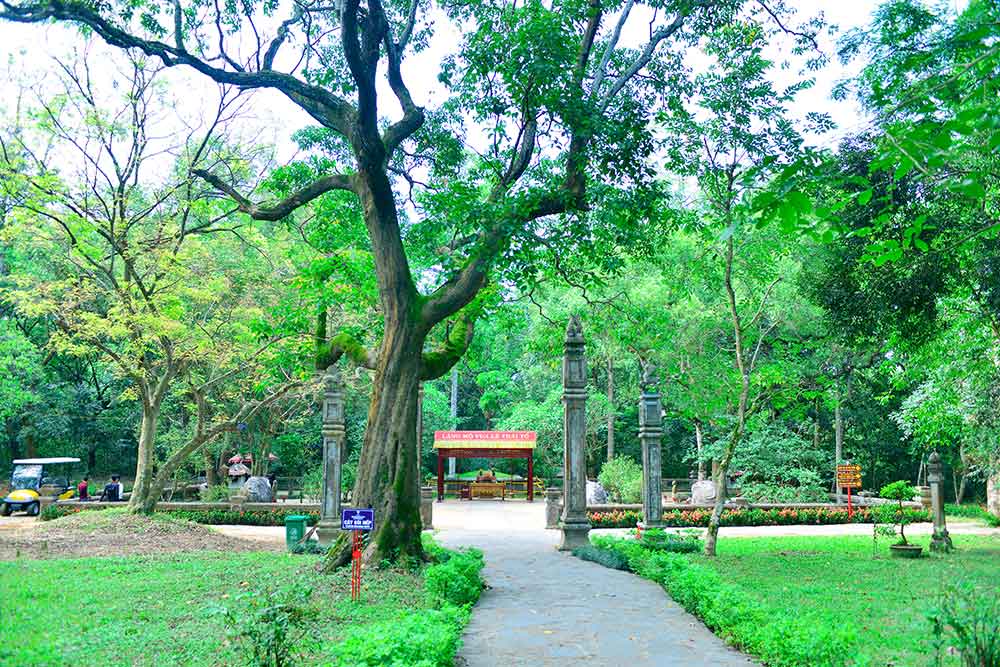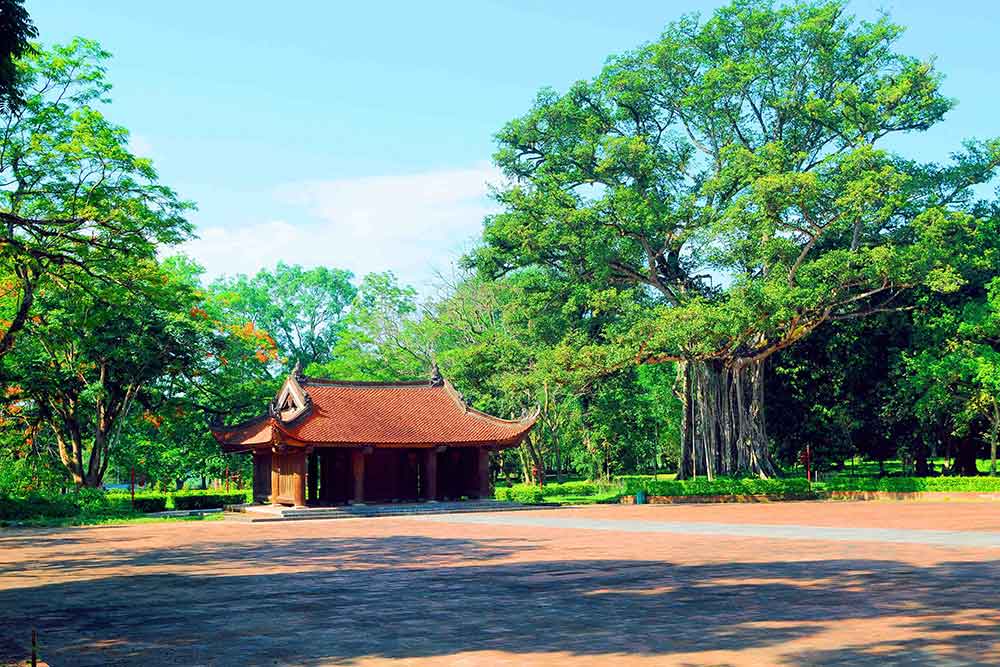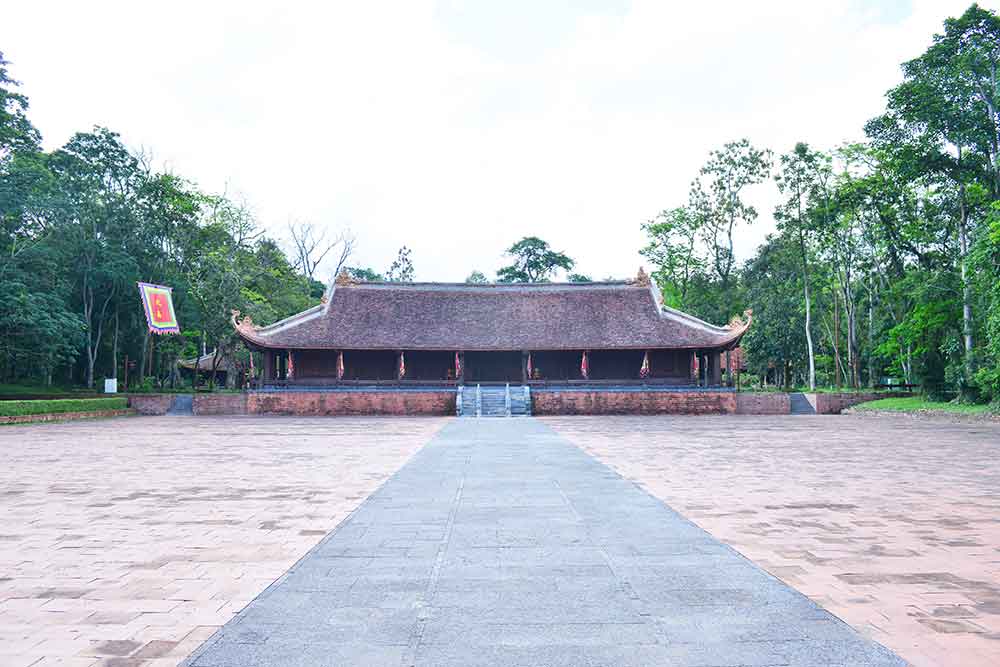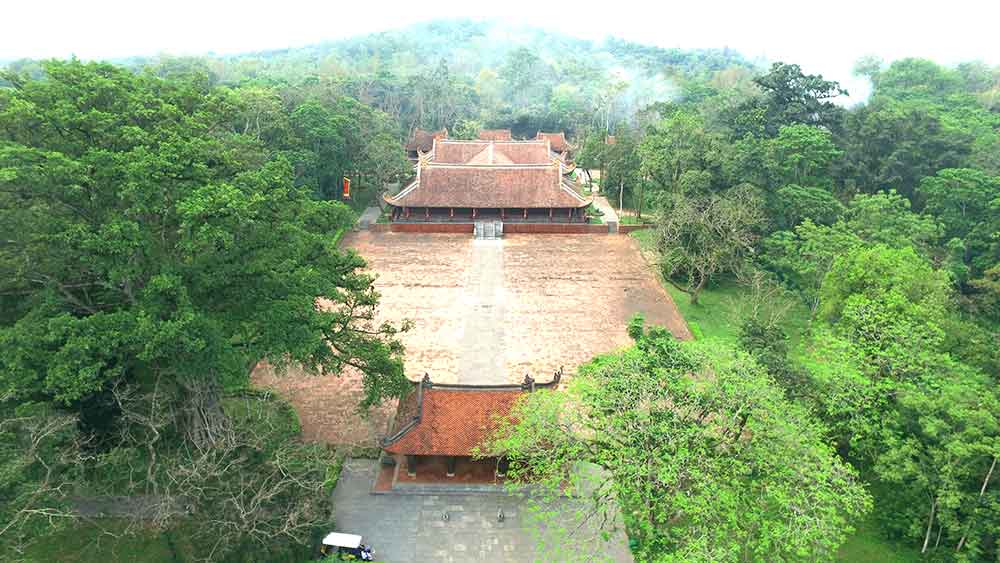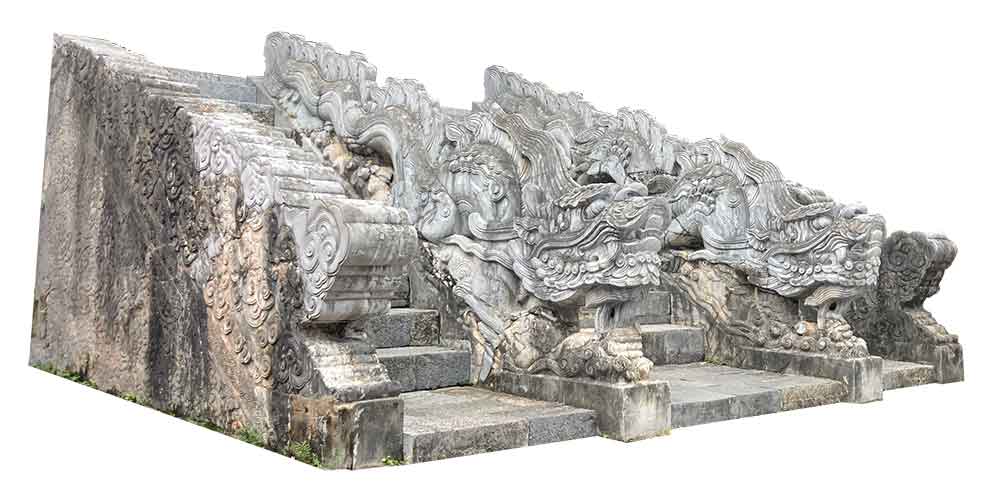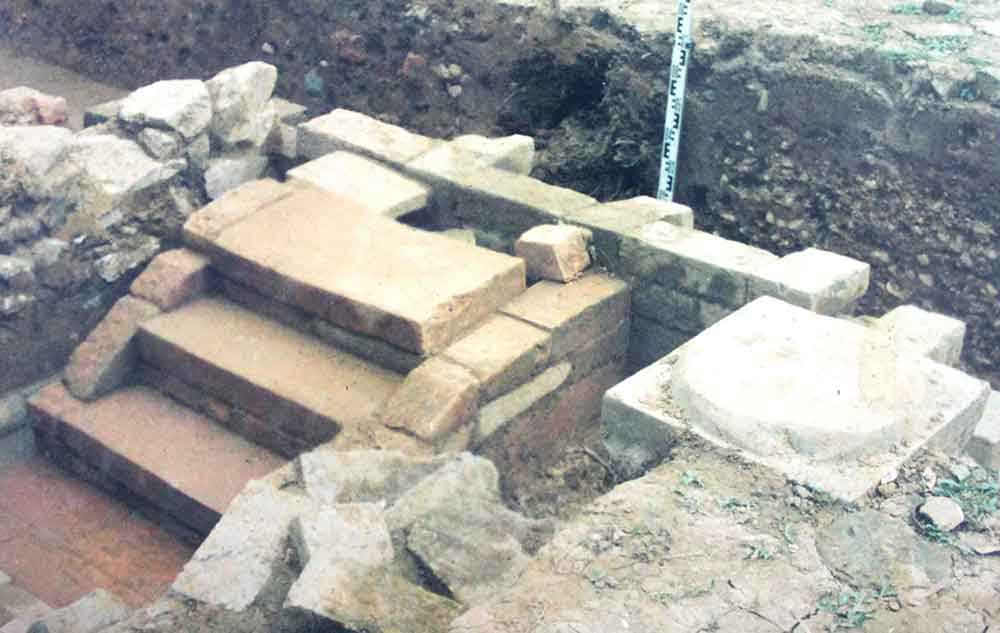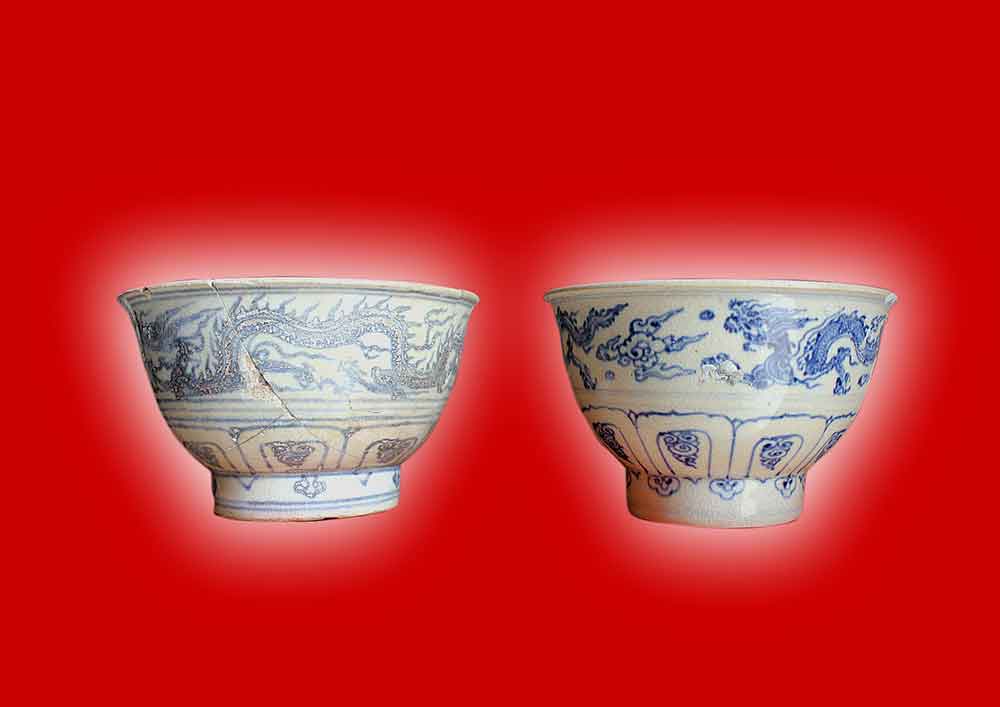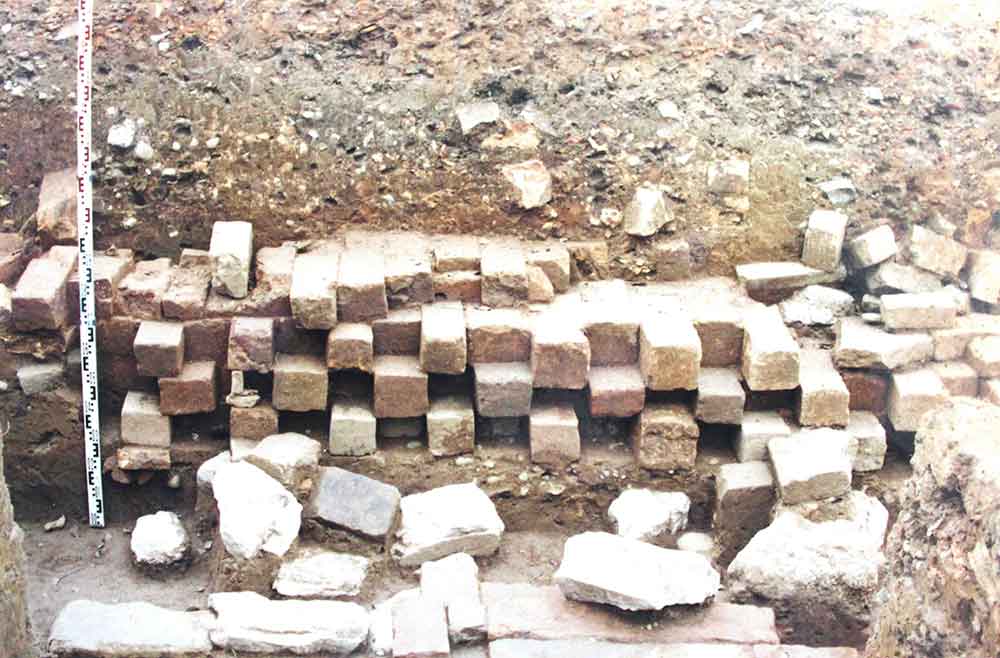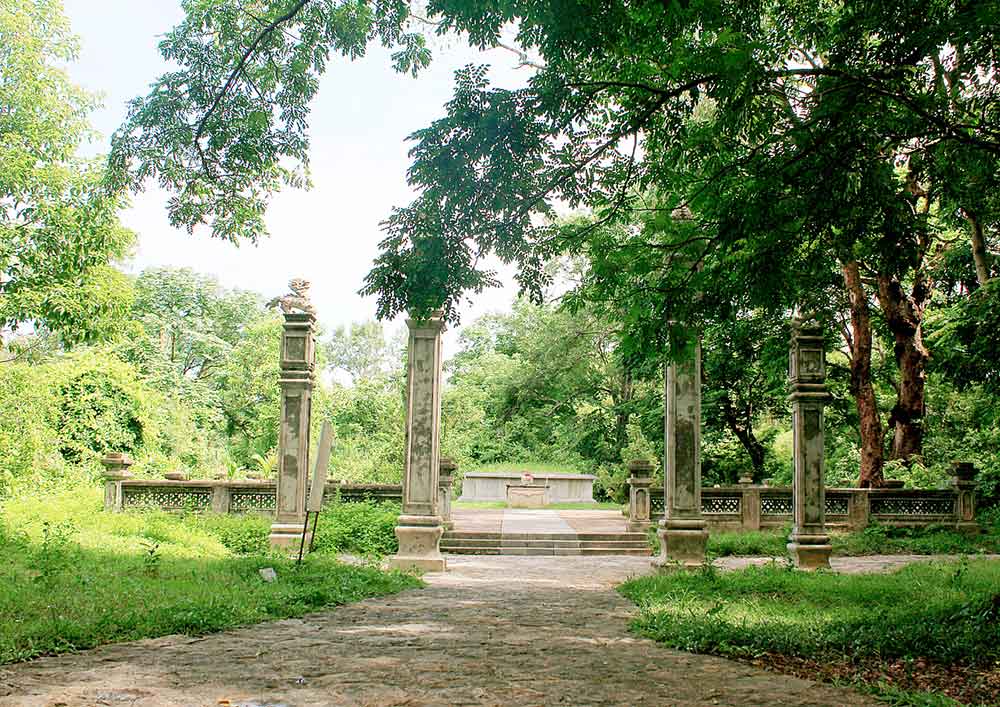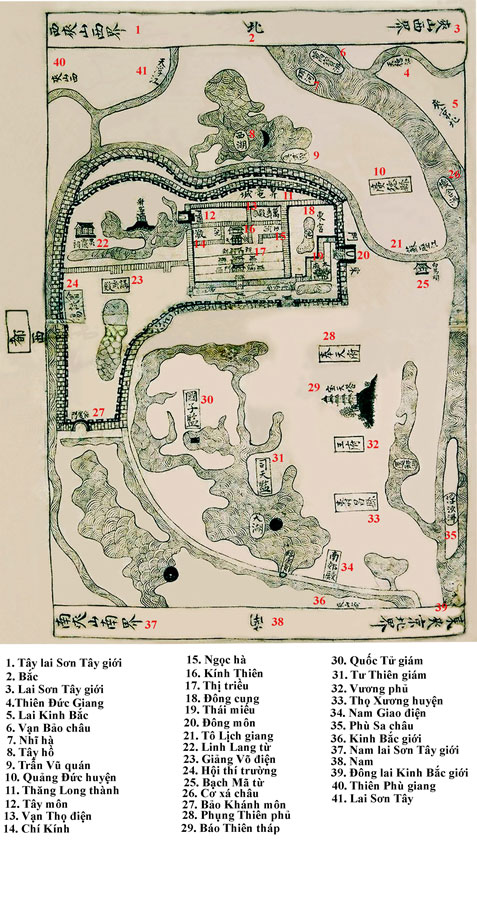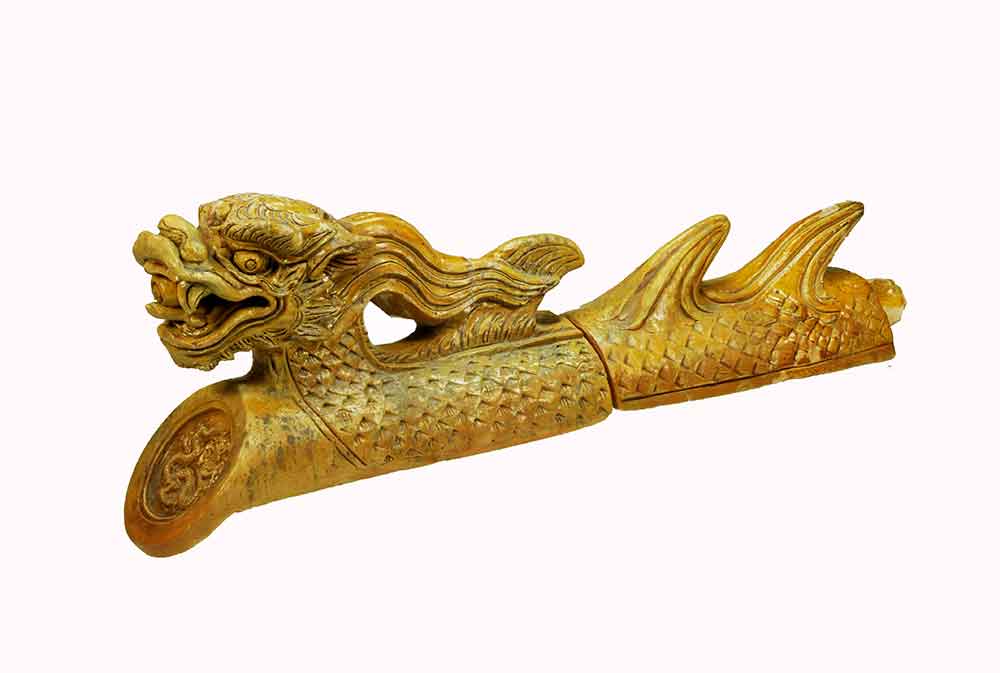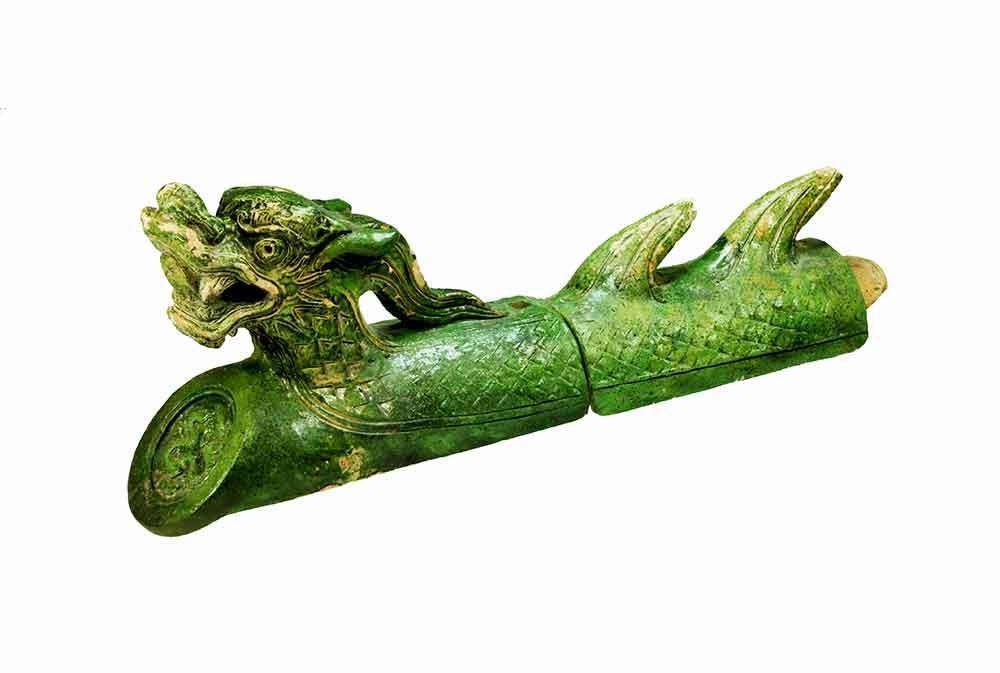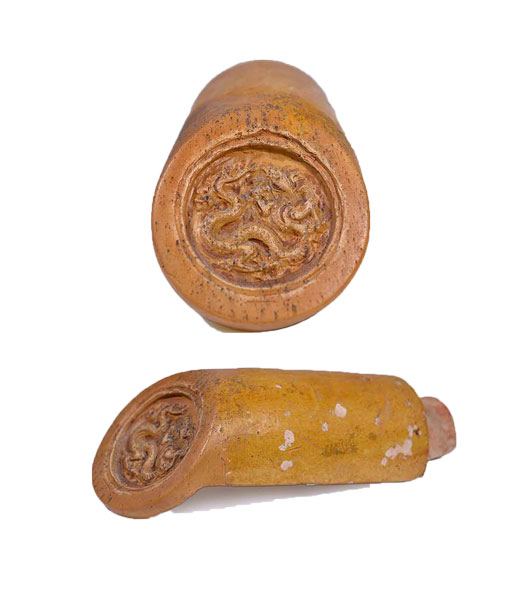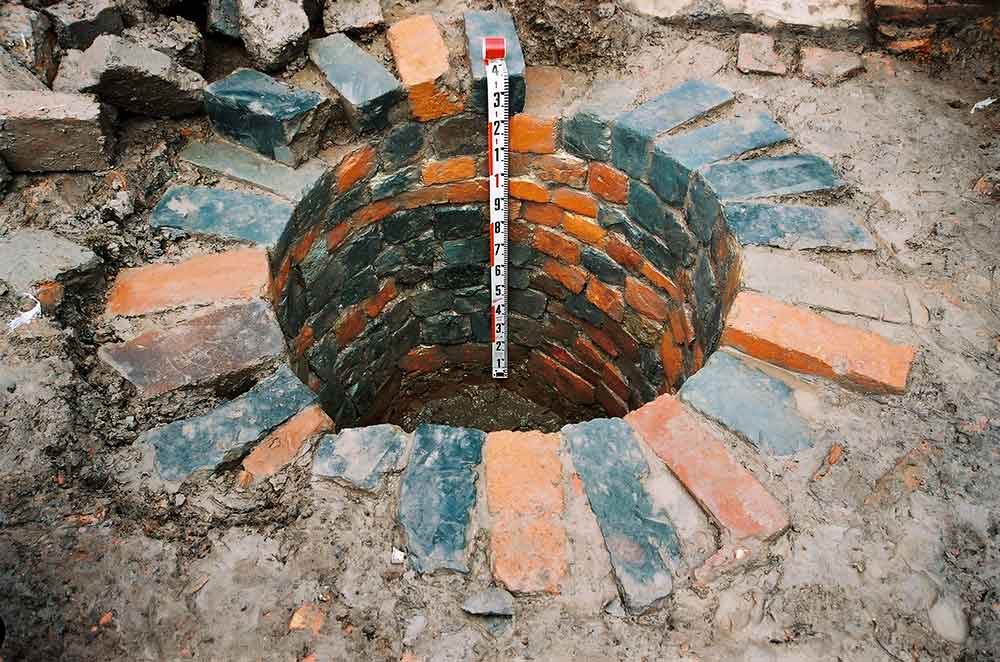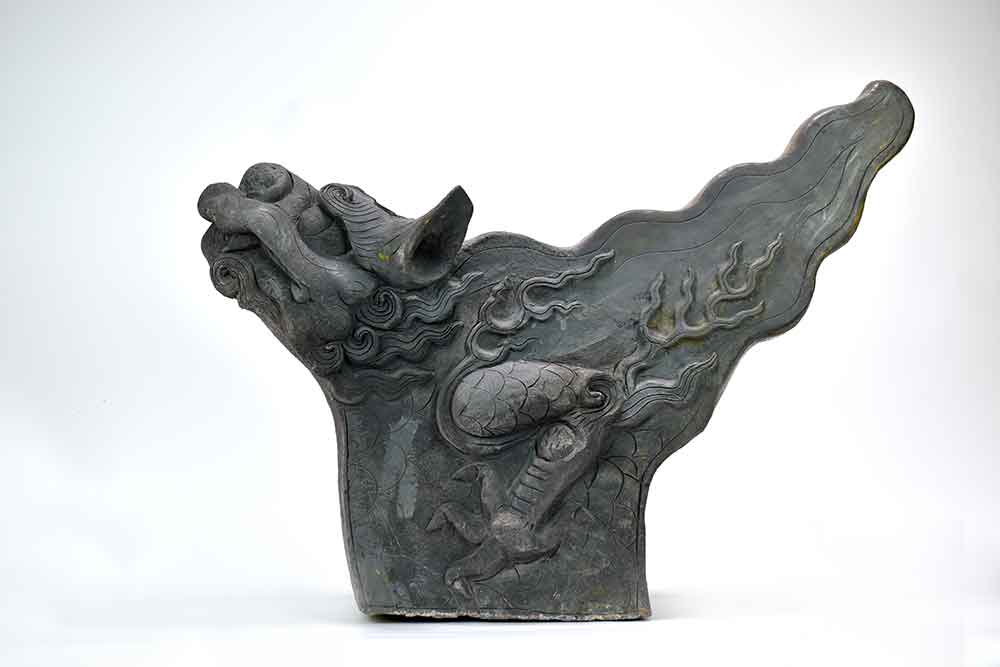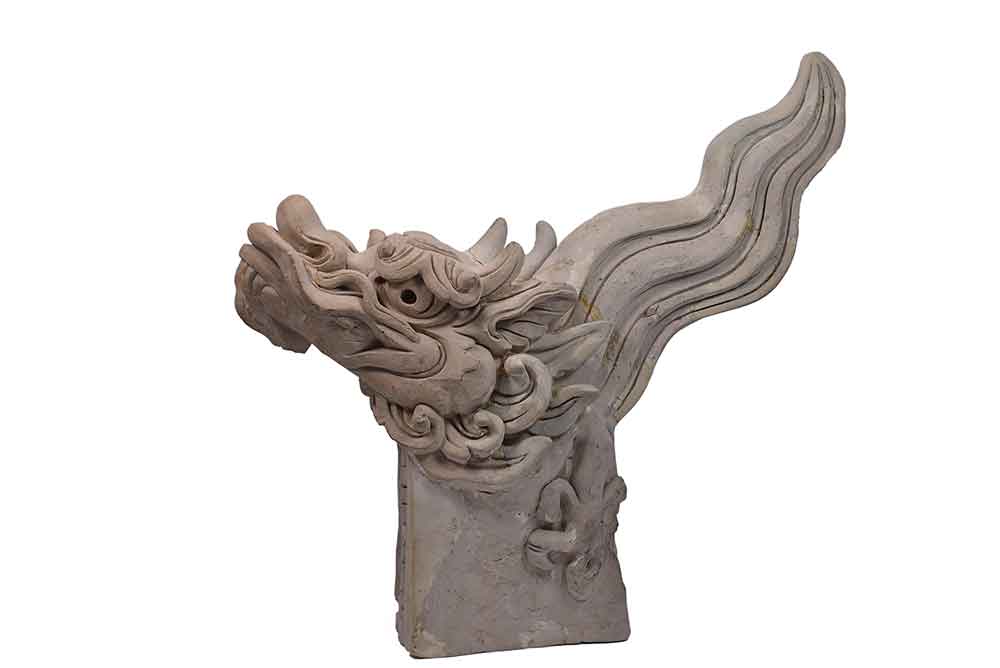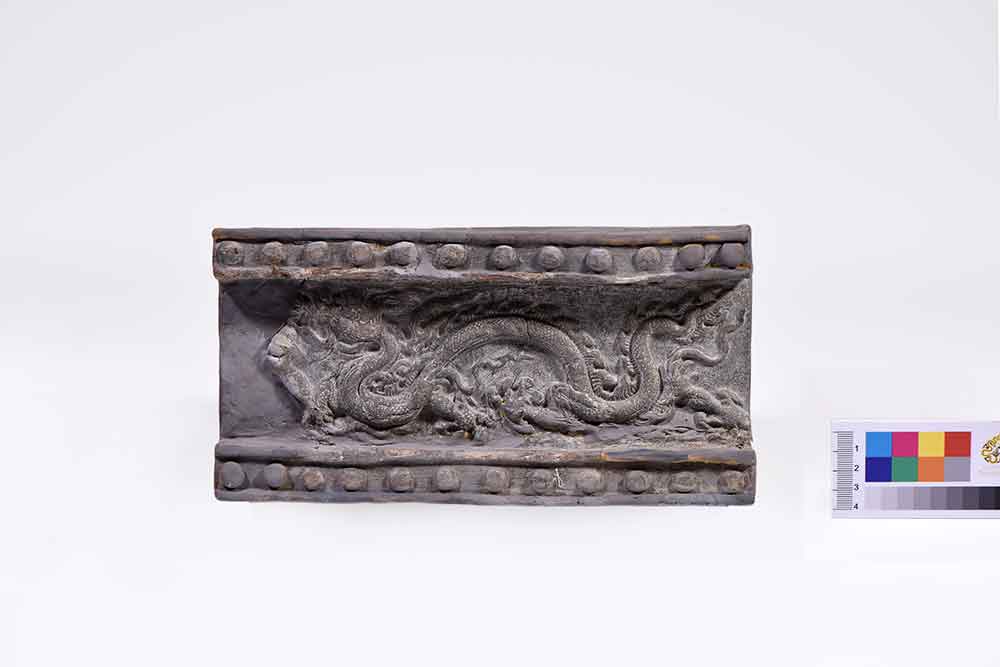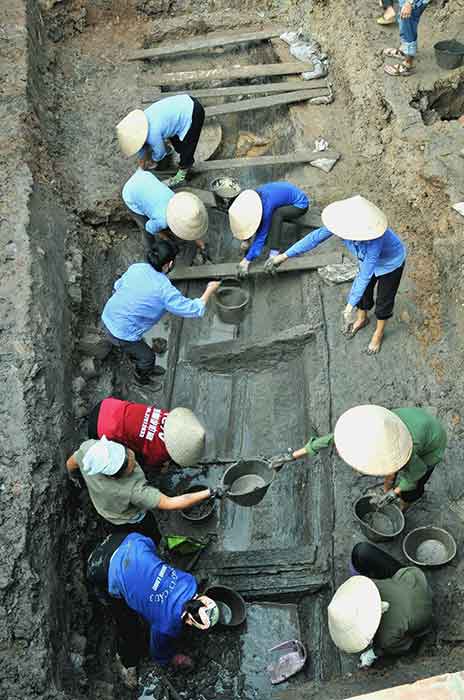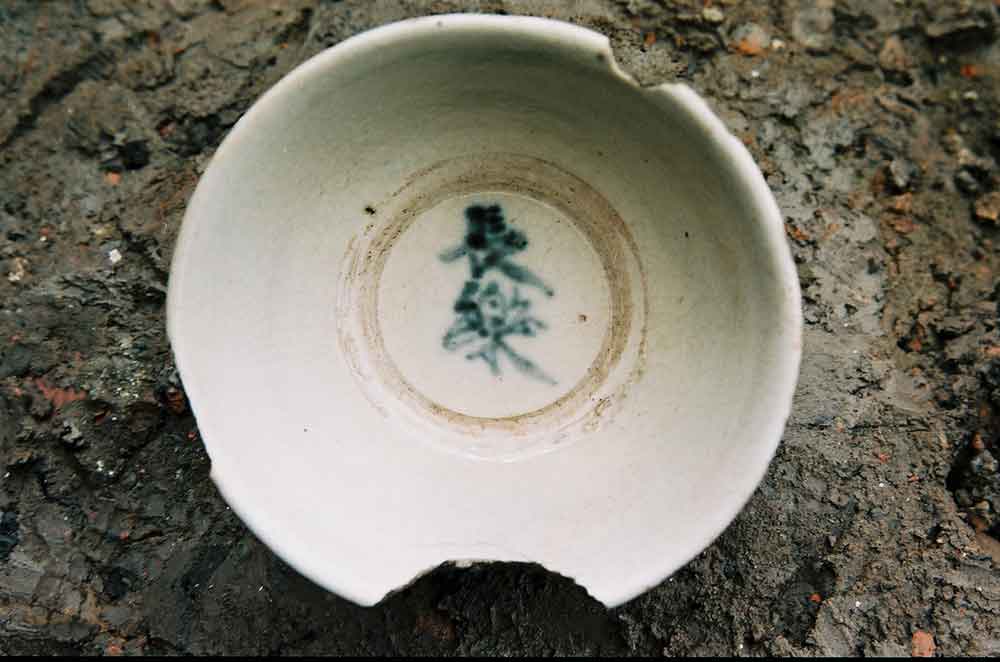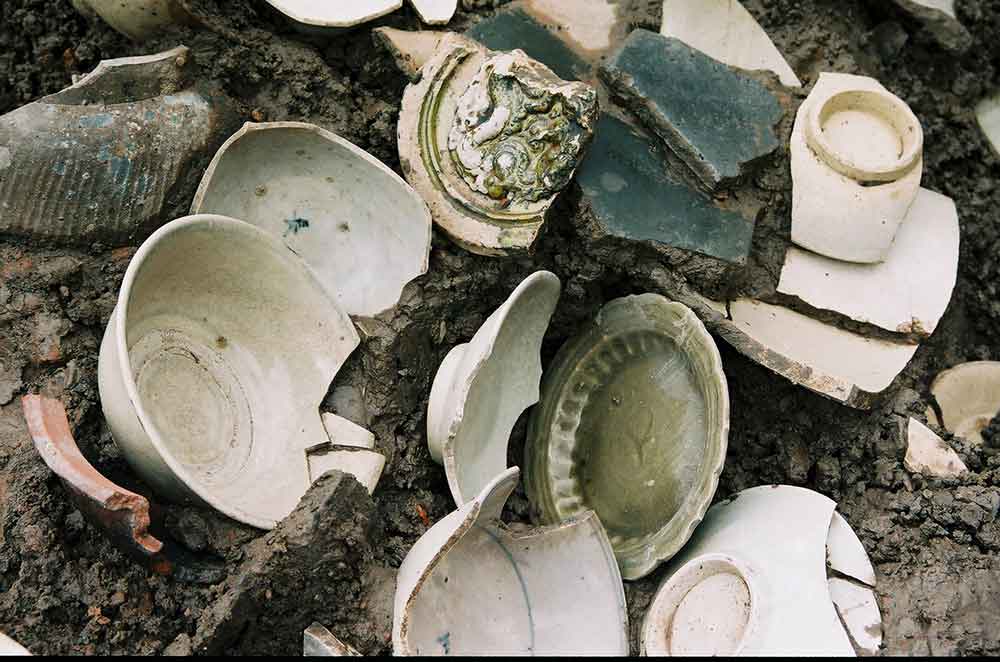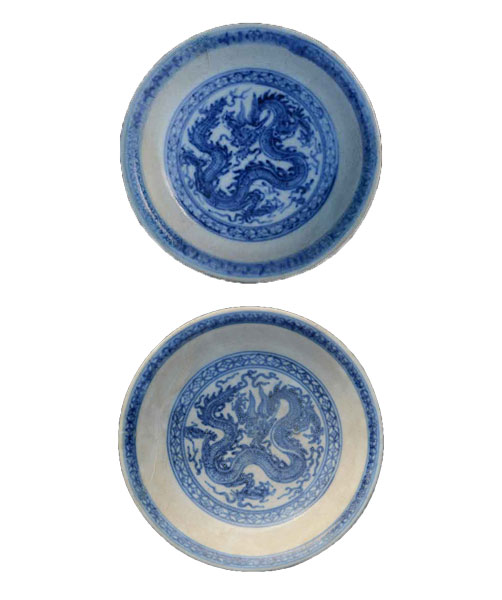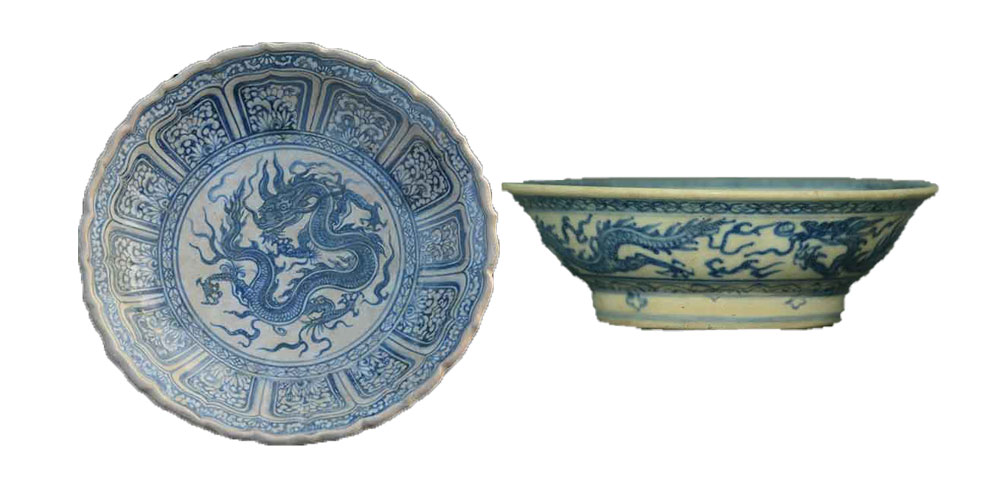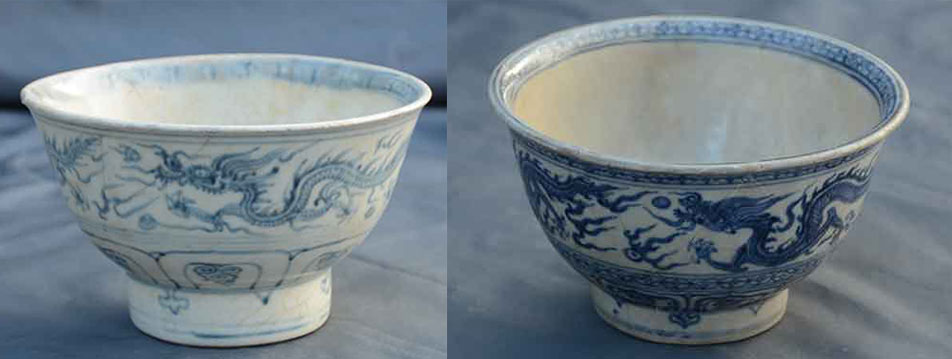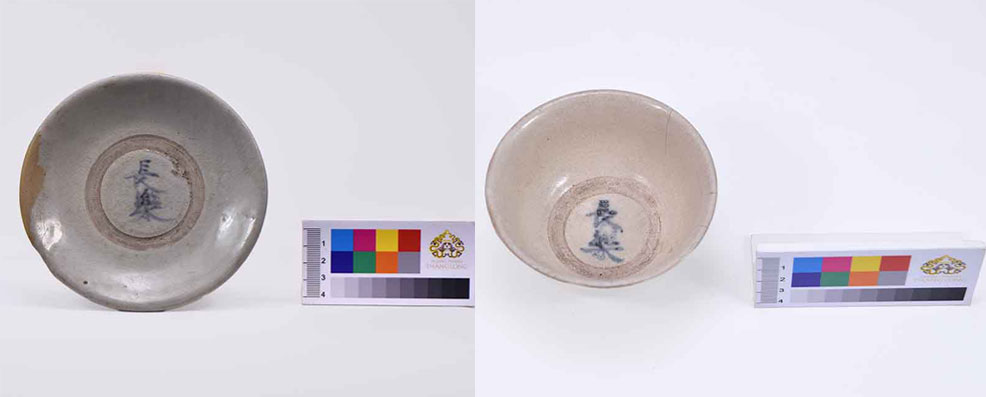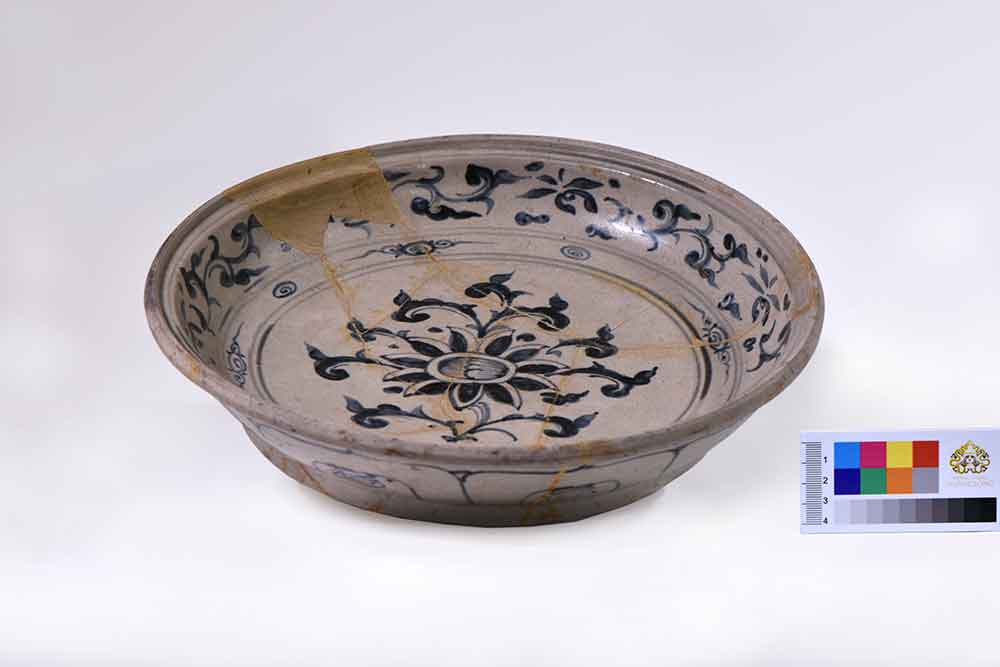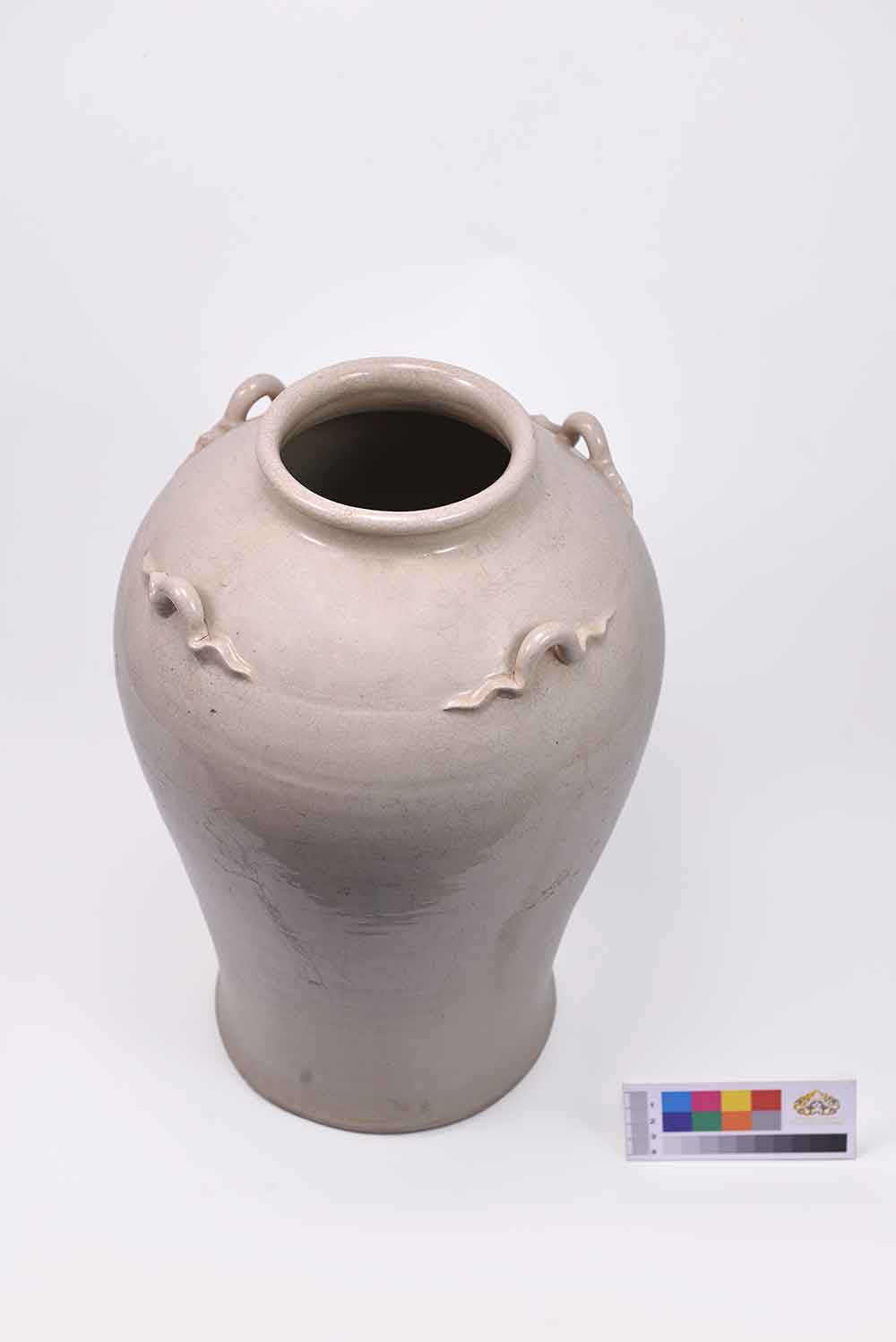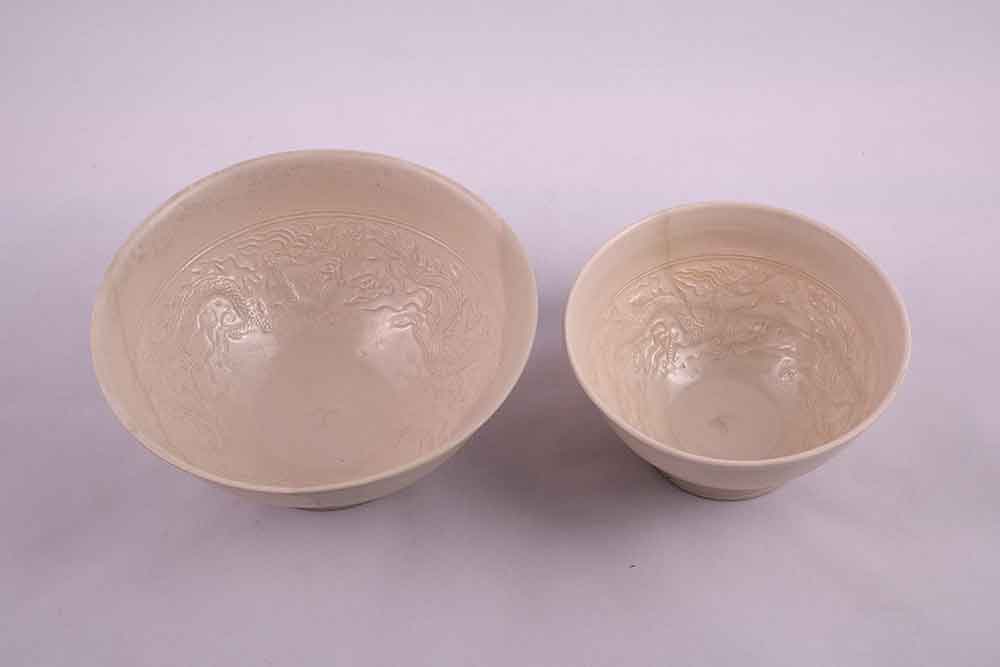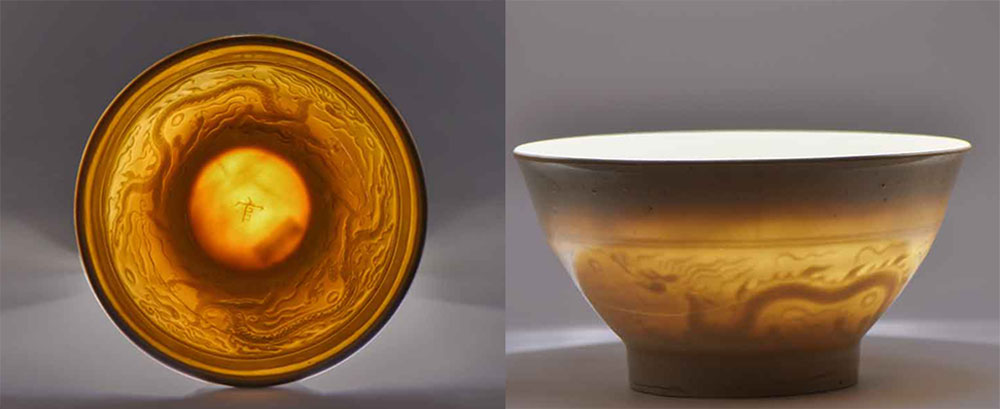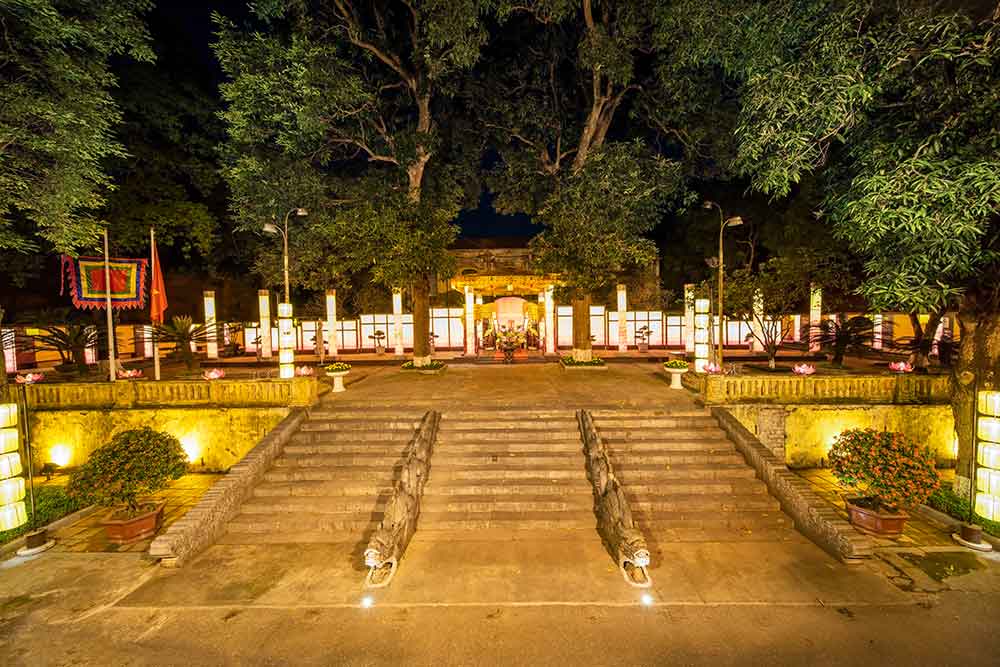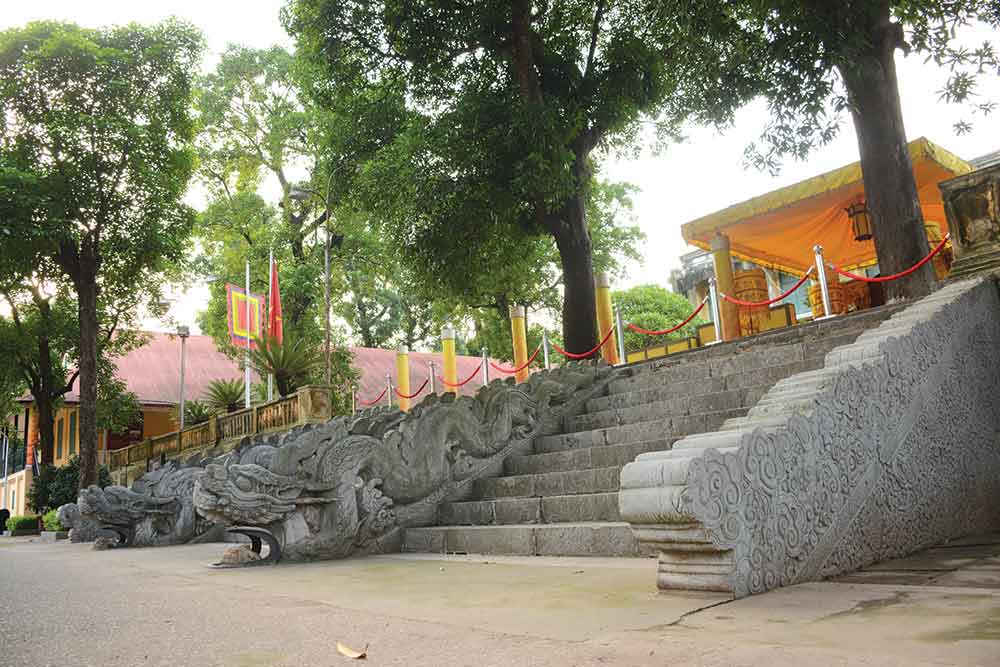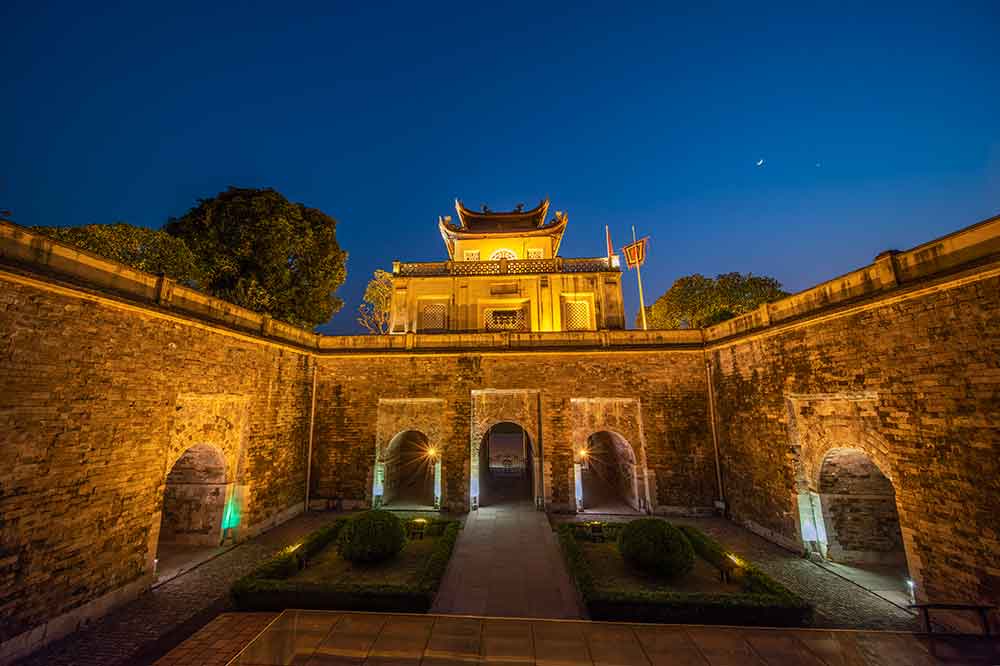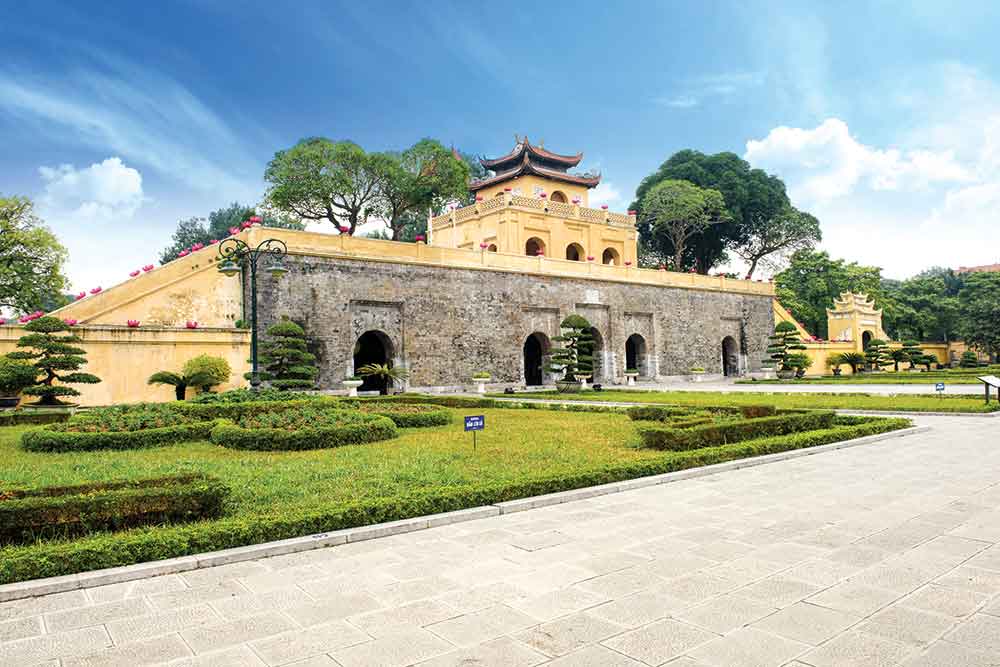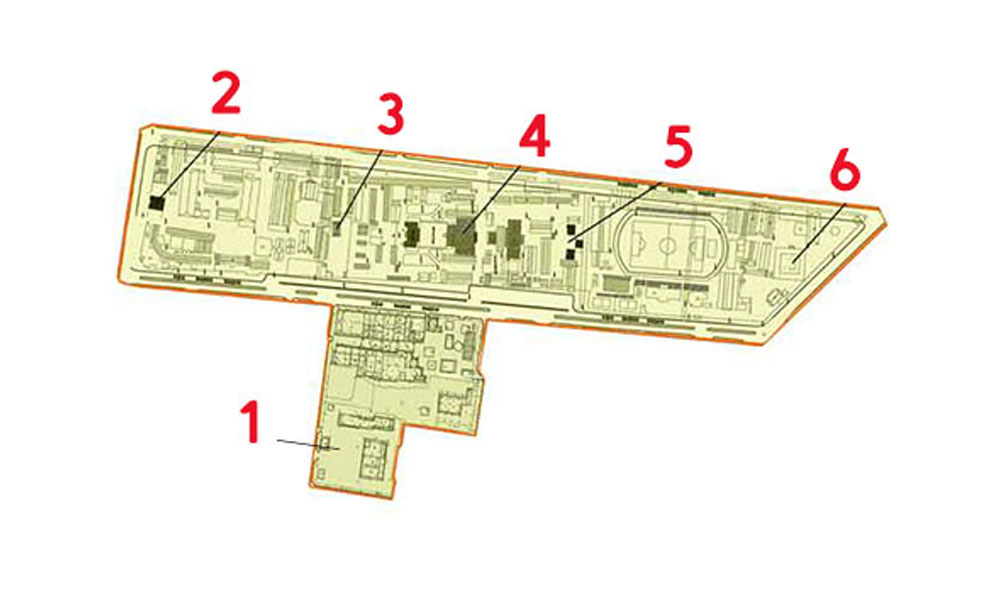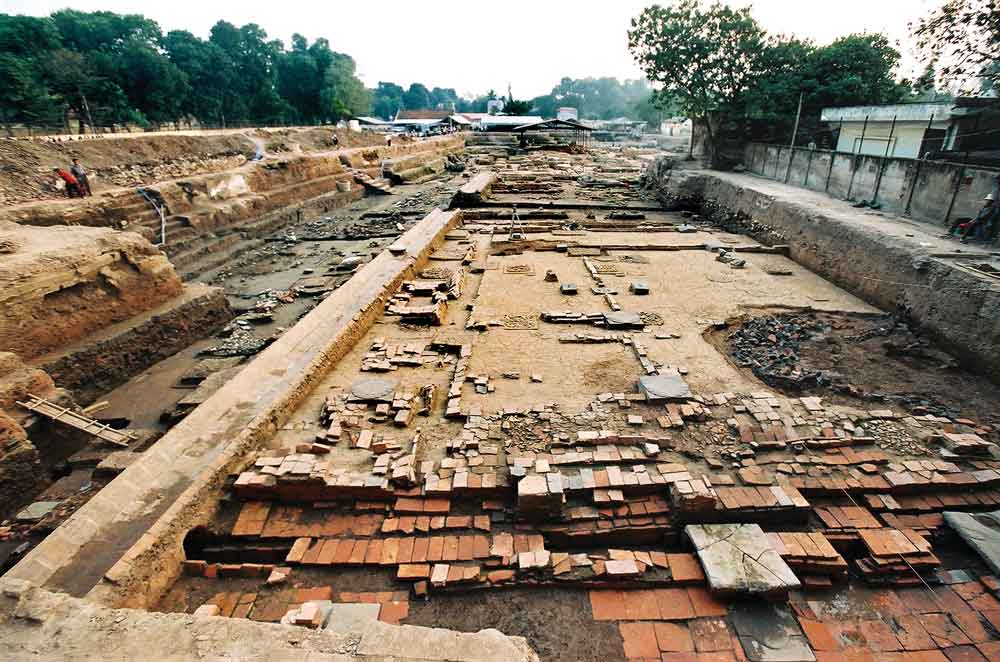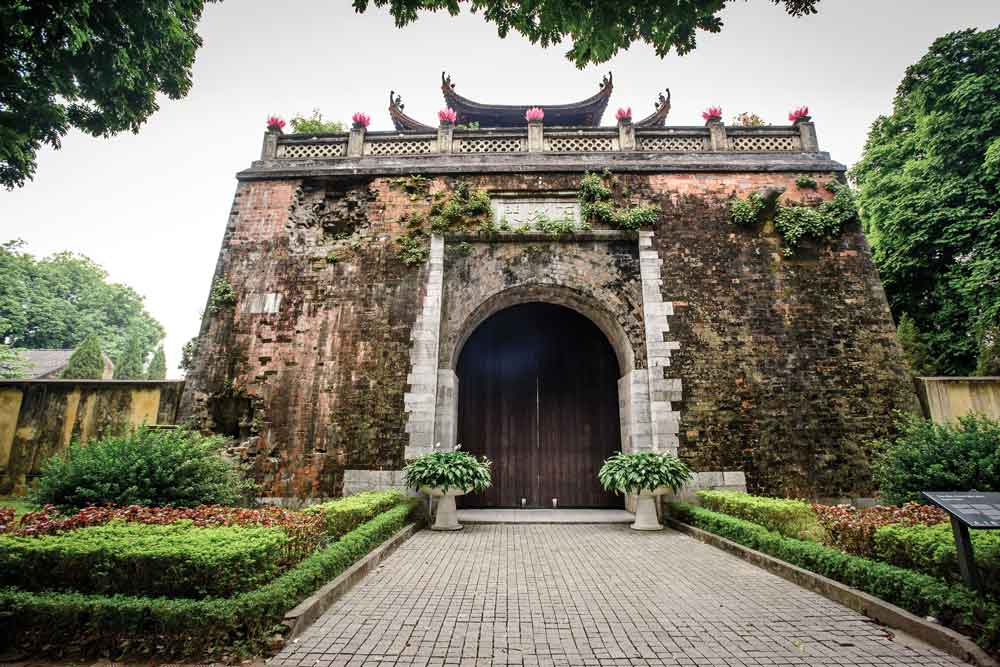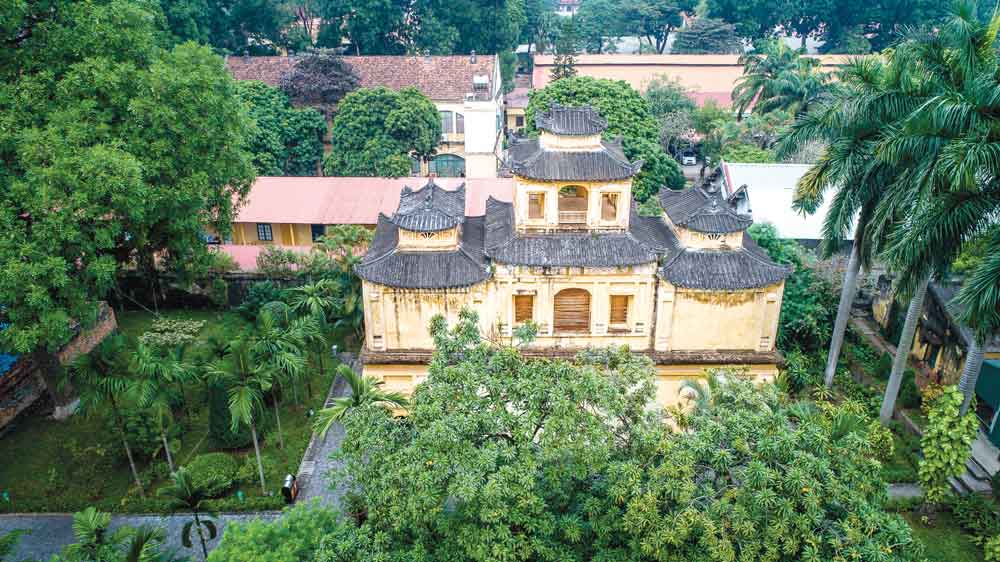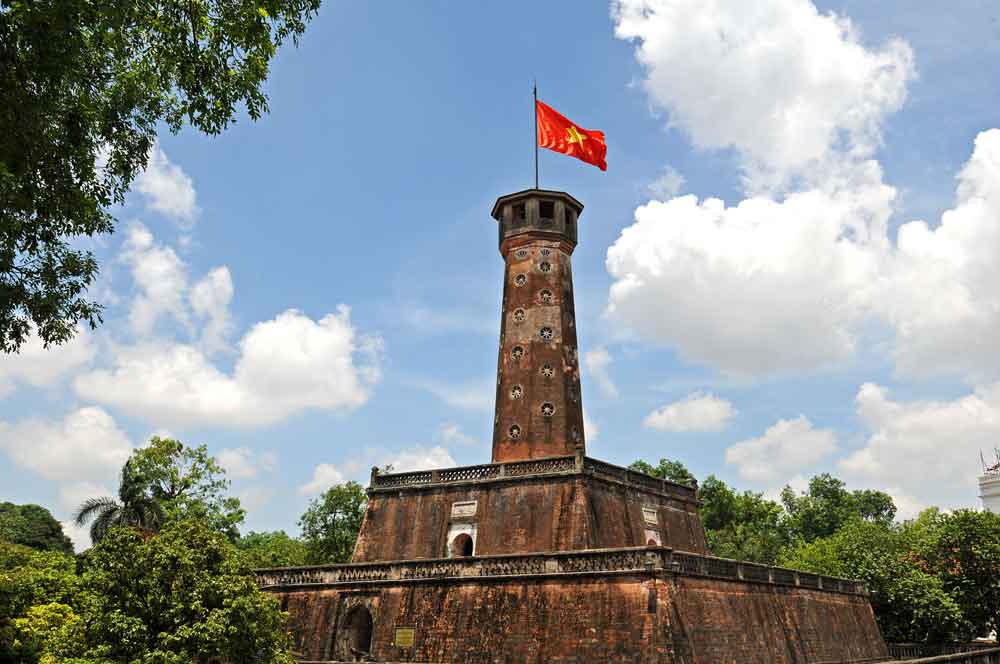Introduction
Đông Kinh (Thăng Long - Đông Đô) and Lam Kinh
(Lam Sơn) are two important places associated with
the Lam Sơn uprising and the establishment of the Lê
sơ dynasty in the history of Việt Nam.
Lam Sơn - Lam Kinh, the hometown of hero Lê Lợi, is
where the Lam Sơn uprising was sparked off. This is
the gathering place of heroes who participated in the
uprising led by Lê Lợi (1418). Đông Đô - Đông Kinh
(Đông Quan) was where the key battles of Lam Sơn
army took place. The fact that the Ming army was
besieged forced Vương Thông (the Ming General) to
ask for peace and to withdraw his soldiers to their
country (1427). Lam Sơn uprising ended in a victory.
Following the victory of Lam Sơn uprising and the Lý
and Trần dynasties, king Lê Thái Tổ chose Thăng
Long - Đông Đô to be the capital of Đại Việt (1428) and
in 1430 he renamed it Đông Kinh.
Lam Sơn was renamed Lam Kinh where architectural
works and tombs were built for the burial and worship
of Emperors and Empress Dowagers of the Early Lê
dynasty. The first kings of the Early Lê dynasty ordered
the construction of many palaces here. Twice a year,
the King and the Royal Families would come here as a
way of expressing their respects to their ancestors.
To celebrate the 595th anniversary of the victory of
the Lam Sơn uprising, the Thăng Long - Hà Nội
Heritage Conservation Center and the Management
Board of Lam Kinh Historical Relic jointly organize
the exhibition “Đông Kinh - Lam Kinh under the Lê
dynasty” which aims to give a general introduction
about the role and relationship between the capital
Đông Kinh (Thăng Long - Đông Đô) and Lam Kinh
(Lam Sơn) under the Lê dynasty.
Chapter 1
Introduction
Chapter 2
LAM KINH UNDER LÊ DYNASTY
Chapter 3
ĐÔNG KINH UNDER LÊ DYNASTY

ĐÔNG KINH UNDER LÊ DYNASTY
View Pano
The remains at the archaeological area at 18 Hoàng Diệu
View Pano





